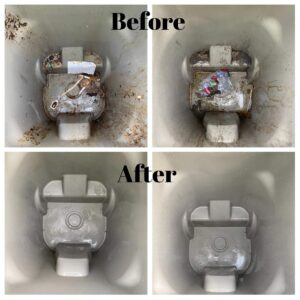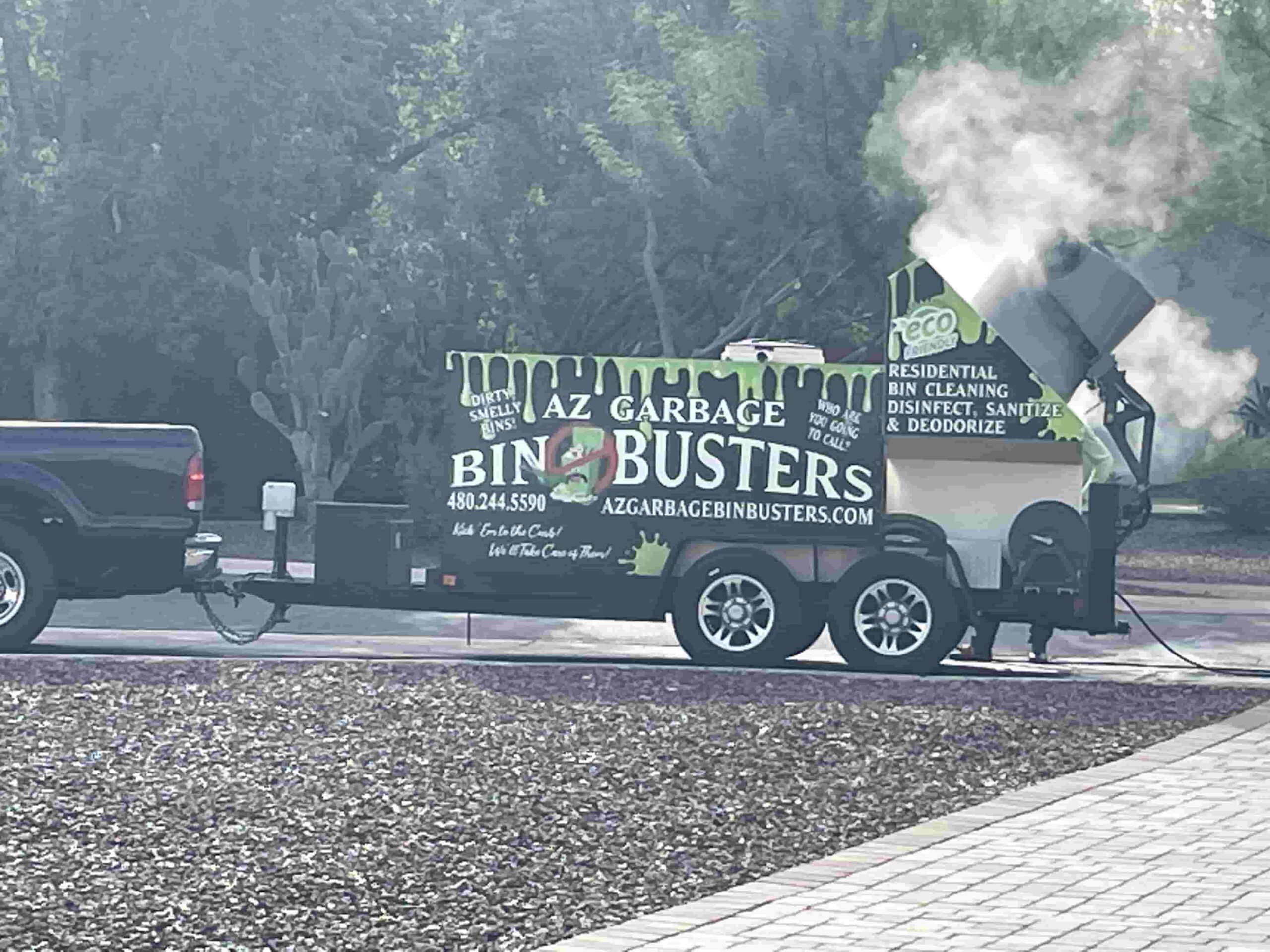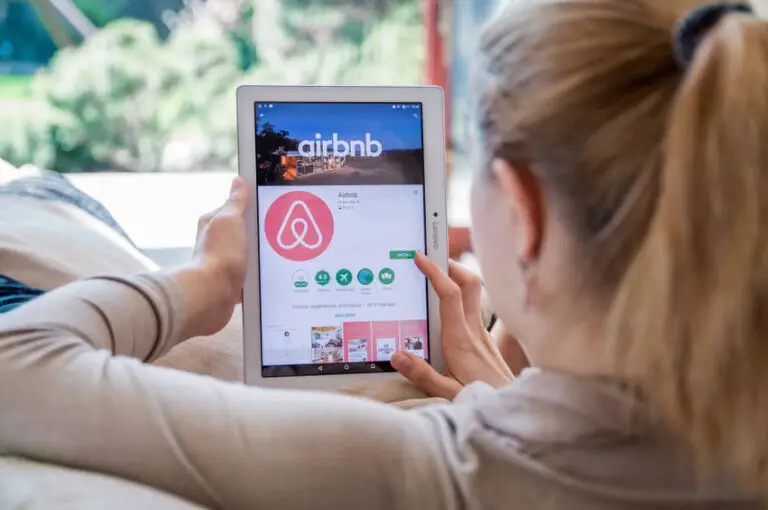How Much Money do Trash Bin Cleaning Companies Make?
Most people don’t even know that trash bin cleaning companies exist. However, this won’t be the case for long as these companies are growing quickly and becoming much more popular with consumers.
People aren’t necessarily looking to add a new monthly bill to their list of things to pay along with electric, gas, trash, water, Netflix, cell phone, cable, Internet, etc. However, once people realize that trash bin cleanup companies exist, many are glad to pay someone else to come clean them.
You just can’t get past the fact that trash and recycling bins are disgusting and they smell. And if your HOA requires you to store them out of view in your garage, it makes the matter worse.
What Are Trash Bin Cleaning Companies?
Virtually every homeowner in the U.S. has trash bins and many have recycling bins as well. Because they hold trash prior to a weekly pickup, the bins themselves get filthy. Trash companies such as Republic Services, Waste Management, or the local city utility never clean the bins.
So the bins just sit there and get dirtier and dirtier until you move and they take them away. Even someone who proactively wants to make an effort to clean the bin probably does not have the right equipment like a high temperature pressure washer.

This has created an opening for entrepreneurs all over the country that are attempting to fill this niche. It has also creating an opening for manufacturers to design and sell equipment that typically is towed from a pickup truck or sits in the truck bed. The goal of trash bin cleaning companies is to build a base of users who subscribe to a monthly recurring cleaning.
How Does Trash Bin Cleaning Work?
The process is pretty simple. The key ingredients are a power washing system that is hooked to a trailer or the bed of a truck, a power washing hose that can be manually sprayed by the operator, and disinfectant spray.
The cans are lifted into the washing bin and using extremely hot water, they are power washed. The high intensity loosens up any debris and the water washes any solids or liquids out. It also kills bacteria and viruses.
The cleaning is typically done the day after trash day when there are no bags in the bin yet.
The hose and the disinfectant spray can also be used to clean the outside of the bin as well as the lid and top of the bin. In some cases, the bin may be power washed more than once.
Why Are these Companies Growing So Fast?
This niche is very new. The size of the market is enormous; there are over 80 million homes in the U.S. and most of them have the same type of trash bins.
Most people aren’t even aware that this service is available, so it is not hypercompetitive compared to something like auto insurance, for instance, where people know they need to have it and mega corporations are spending billions advertising their product and trying to undercut each other on price.
It is more about getting your name out there and getting people to subscribe, or at least try the service once. Trash bin cleaning companies need to grow to have a critical mass of subscribers in their service area. If they are unable to grow large enough, fast enough, then they will likely just sell their route and/or equipment to a competitor or a newbie that wants to enter the market.
How Much Money Can You Make?
Obviously you need to line up a lot of subscribers that will use your company on a regular interval, such as every month or bi-monthly. Typically, the minimum cost per can is $20 per month for 2 cans (effectively $10 per can). Some companies charge a decent amount more ($25-$30), but $20 seems to be about the minimum.
An 8 hour work day has 480 minutes, and each stop lasts 3-5 minutes, so if you can average 5 minutes of drive time between cans, you can make about 50 stops per day. Obviously a more compact route could mean more stops, perhaps 100.
Compare this to the trash company itself that can make each stop last less than a minute and has very little drive time between stops if they have every house on the street. It’s possible for them to make 1000 stops per day in an urban area.
Of course it is going to take a lot of subscriber growth to get to the level where one truck is doing 50 stops per day every weekday of the month (approximately 22 days). That would be 1100 households signed up for monthly service.
This would yield $22,000 in revenue at a $20 monthly fee. That is obviously a pretty solid recurring revenue stream for a company with one truck and one person working.
What About Expenses?
To get started, you need either a truck with a built-in cleaning system or a trailer or truck bed unit (that you use with your own pickup truck). Trucks with built-in cleaning system are typically priced used at $60,000 and up, and new ones can be $150,000 or more. An individual bin cleaner typically sells used for at least $20,000 and goes up from there.
There are several companies that sell the units brand new, and there are Facebook groups and other online resources where you can buy and sell used equipment. There do appear to be a lot of people who decide to get into trash bin cleaning, but then for whatever reason, they decide to move on and sell their equipment.
You also want to invest some money upfront in a great logo and website, including video, that captures your potential customers’ attention.
Beyond the up front costs like equipment, obviously gas is a big expense. If you had 50 customers a day for 22 days a month, you could go through a tank of gas a day ($2200 per month or more).
Insurance will likely run at least $300 per month.
A merchant account will cost 2-3% of your revenue or (~$500 a month).
While your truck itself is a great marketing tool, you will likely need to budget at least $500 to $1000 per month on Google AdWords in order to generate online customer traffic.
Finally, dealing with customer service and billing issues for 1100 customers is at least a part-time job in and of itself. Many people just starting out are a husband and wife team, and one person will deal with these issues at no cost. However, at some point you will likely need to hire someone full-time to handle onboarding and customer service issues.
Other things to budget for include filling up the tanks daily with water and regular truck maintenance.
All in all, $5000 a month would probably be about the bare minimum in costs for someone without employees that is running the business as an owner-operator.


